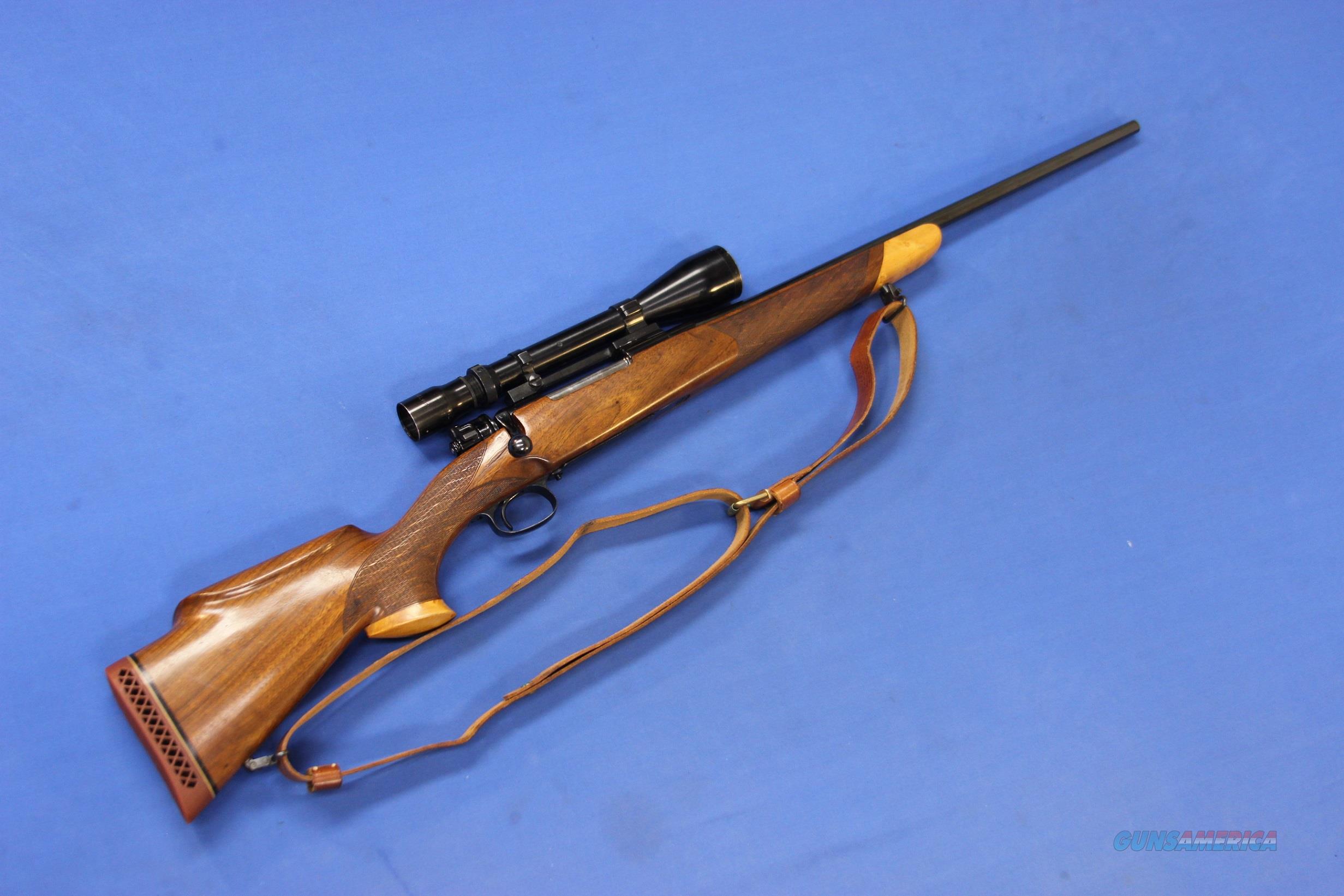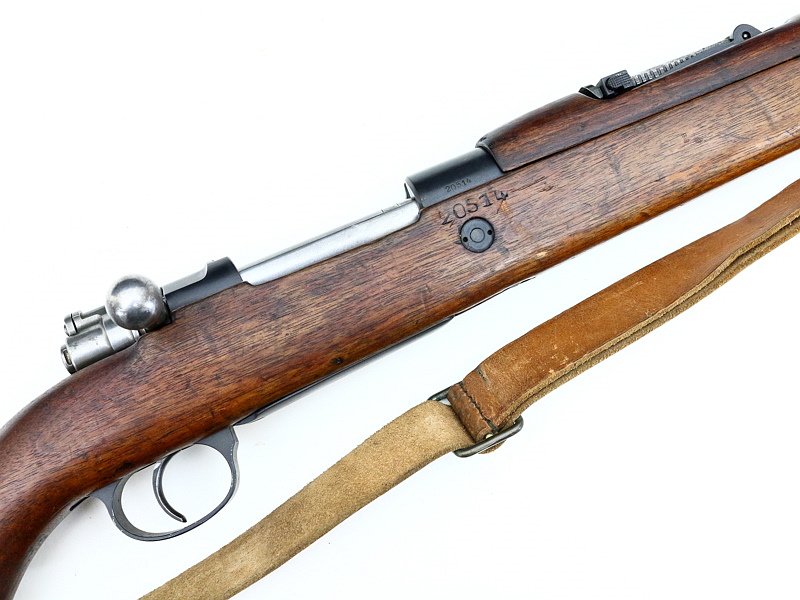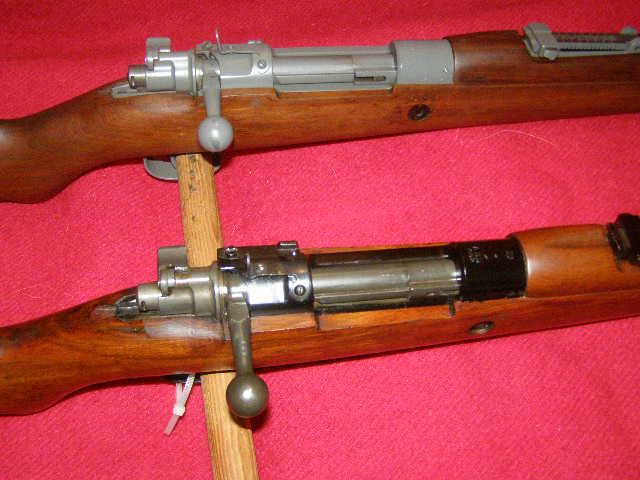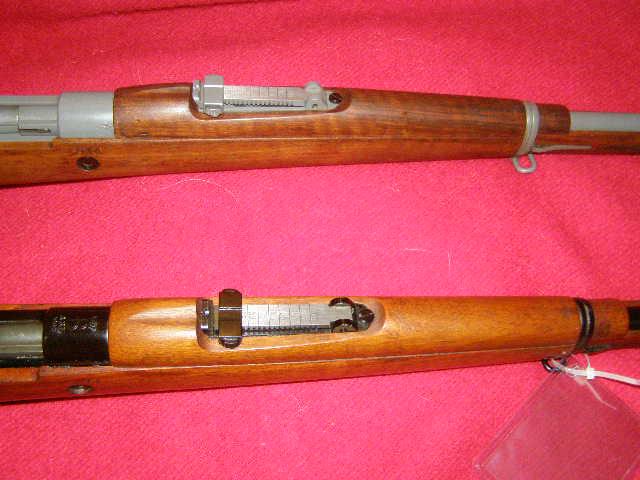Fn Mauser Serial Number Database

- BELGIAN MODEL 1889 MAUSER RIFLE41' overall. Matching serial numbers, except bolt.Caliber / Gauge: 7.65x53mmBarrel Len. On Aug 29, 2017.
- Here's a Belgium FN 98 with custom work and Canjar trigger I picked up from a Fire contributor. Built it into 9.3x62 with Shilen barrel. Then, I traded for an AHR CZ 550 in 9.3x62. I sold the 9.3x62 Shilen barrel and put a 6.5x55 Shilen on the action. Stock is a B&C Medalist. Those are nice actions for a custom build.

Much of the conventional wisdom regarding Belgian Mauser bayonets was clarified by research published in 2016 by Anthony Vanderlinden in his book, FN Mauser Rifles.
M1916 bayonets were produced from 1916–1918 at Manufacture D'Armes de le Etat (Arms Manufacturer of the State): abbreviated MAE. During this period, MAE had temporary factories in Calais, France; and Birmingham, England, having been forced to evacuate their Liege factory in 1914.
Fn Belgian Mauser Serial Numbers Is There Any Problem In Having Only One Kidney Easeus Data Recovery Torrent What Is Game Engine Architecture Crack Corel X5 Remove Protexis Post-WWII FN commercial mauser action, serial number 106XX. If it is a post-war Belgian civilian Mauser, then it must have Belgian civilian. The serial number might be a clue however FN may have used the same serials for different contracts. Closest it is going to be is a ‘1937-64 FN Mauser) One thing that is unusual is the rifle does not have the cartridge size stamped on it.
The wartime M1916 bayonets included a number of variants among which Belgium made no distinction. Bayonets of conventional construction, with the crosspiece pinned to the tang (visually identified by the tang meeting the crosspiece at a right angle), were conversions of earlier M1889 bayonets. The hooked lower crosspiece was deleted and the blade replaced. This probably accounts for the relative scarcity of M1889 bayonets today.

New made M1916 bayonets had the hilt made from a single forging, visually identified by a radiused transition where the crosspiece meets the tang.
Blades were either of a flattened cruciform profile or T-back blades salvaged from French M1874 Gras bayonets. Blade length was 450 mm. Many, including this example, were subsequently shortened during rework. The scabbard has been shortened by cutting off the lower portion and neatly brazing a cap on the end.
The muzzle ring diameter was 17.5 mm. Regardless of manufacturing process, blade profile, or blade length, if the muzzle ring diameter was 17.5 mm., the bayonet was designated M1916.
The '1Ch' crosspiece marking indicates use by the 1st Division de Chasseurs Ardennais (in English, The Ardennes Hunters), one of the most capable Belgian Army units to fight in 1940. The Chasseurs Ardennais were a small, highly mobile infantry force, equipped with light armored vehicles, motorcycles, and bicycles. The Division took the brunt of the German onslaught on May 10, 1940, as German panzers struck the low countries through the Ardennes Forest.

Fn Belgian Mauser Serial Numbers For Sale
The Chasseurs Ardennais' mission was to delay the Germans and prevent them from encircling the Belgian Army, before French troops could come up to help stop the German advance at the Meuse River. At Bodange, vastly outnumbered and outgunned Chasseurs Ardennais held up Rommel's 7th Panzer Division for 9 hours, before giving ground. The Division fought its way completely across Belgium during the 18 days of combat, making its final four-day stand at Lille, France, buying the British precious time to evacuate Dunkirk.
Fn Browning 1905 Serial Numbers
With no chance of evacuation, many of the Chasseurs Ardennais evaded capture and fought on with the Maquis (resistance). More than 500 Chasseurs Ardennais were killed in the 18 days of May 1940. Over 200 more were later killed fighting with the resistance. Reconstituted after the German surrender, the Chasseurs Ardennais remains one of the most prestigious regiments in the Belgian Army, having served in Korea, the Belgian Congo, Bosnia, Kosovo, and Afghanistan.

